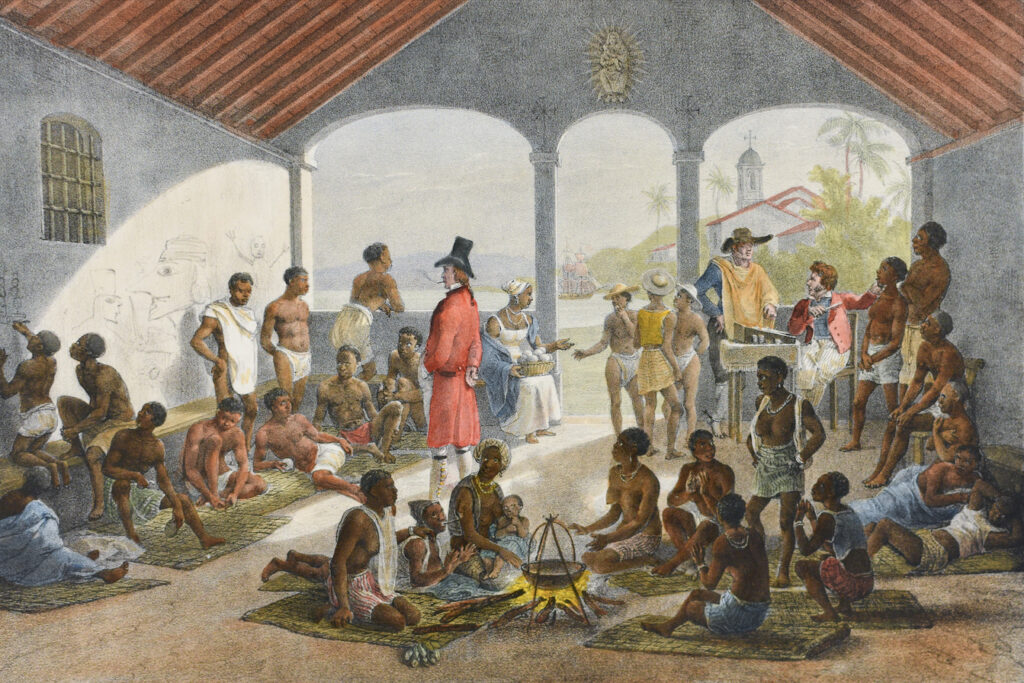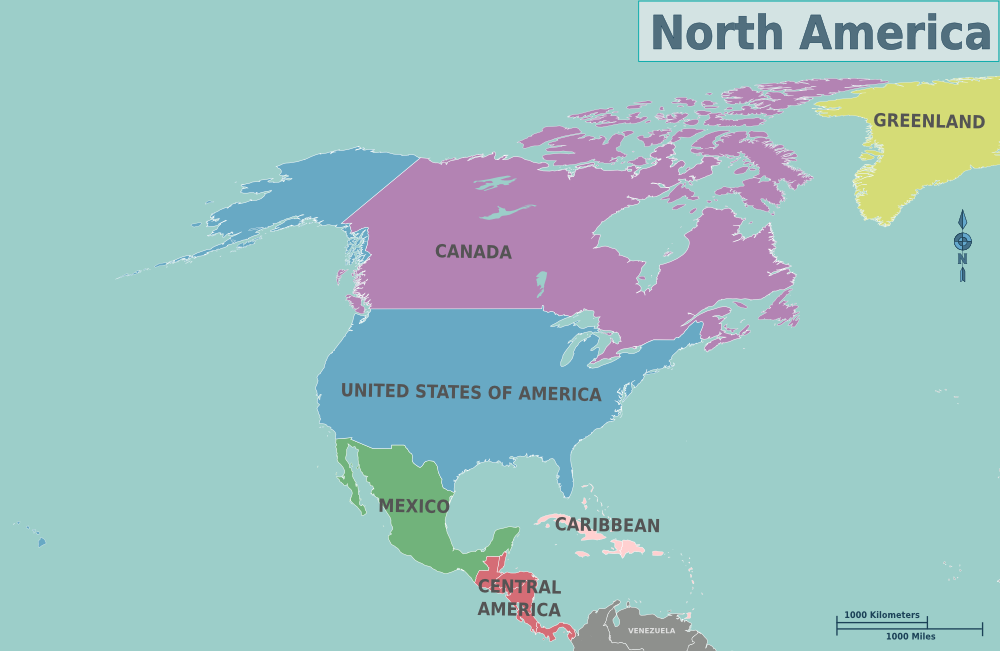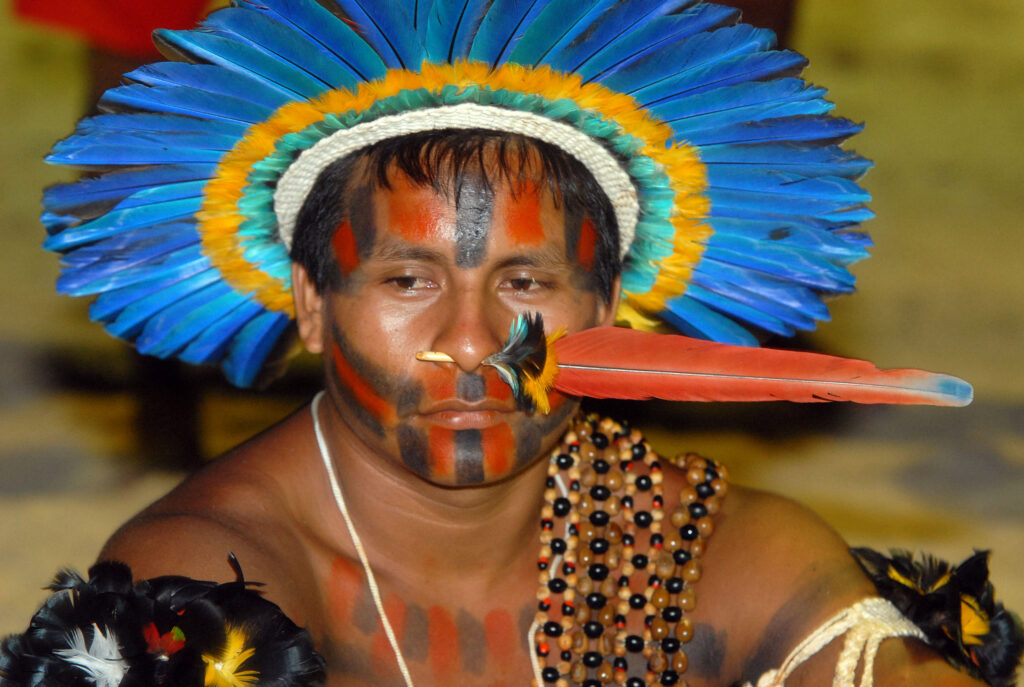Introduction
The Chinese Dragon Boat Festival, also known as Duanwu Festival, is a traditional holiday with over 2000 years of history. Celebrated on the fifth day of the fifth month of the Chinese lunar calendar, this festival is marked by its vibrant dragon boat races, delicious zongzi, and a deep cultural significance that resonates with the Chinese people.
The Origins of the Dragon Boat Festival
The origins of the Dragon Boat Festival are deeply rooted in Chinese history and mythology. The most popular legend associated with the festival is the story of Qu Yuan, a patriotic poet from the Warring States period. Qu Yuan’s loyalty and dedication to his country led to his tragic death, which is commemorated through the festival’s various customs and traditions.
The Legend of Qu Yuan
Qu Yuan was a minister in the state of Chu who lived during the Warring States period (475-221 BC). Known for his wisdom and patriotism, Qu Yuan was beloved by the people but faced opposition from corrupt officials. When Chu fell to the state of Qin, Qu Yuan, in despair, drowned himself in the Miluo River. The locals, who admired Qu Yuan, raced out in their boats to search for his body, throwing rice dumplings into the river to distract the fish and prevent them from eating Qu Yuan’s body. This act of reverence is said to be the origin of both the dragon boat races and the tradition of eating zongzi during the festival.
The Dragon Boat Races
One of the most iconic features of the Dragon Boat Festival is the dragon boat race. These races are not only a thrilling spectacle but also a profound expression of community spirit and cultural heritage.
The Design and Symbolism of Dragon Boats
Dragon boats are long, narrow vessels decorated with dragon heads and tails. The dragon, a symbol of power, strength, and good luck in Chinese culture, is believed to ward off evil spirits. The boats are typically made of teak wood and can range from small, 10-meter-long boats to massive 30-meter-long vessels that require up to 80 paddlers to row.
The Competitive Spirit
The dragon boat races are highly competitive events, with teams training rigorously for months. The rhythmic beating of the drums, the synchronized paddling, and the cheering crowds create an electrifying atmosphere. These races are not only about speed but also about teamwork, coordination, and endurance, reflecting the values of unity and perseverance.
Zongzi: The Culinary Tradition
Another central element of the Dragon Boat Festival is the consumption of zongzi, a traditional Chinese rice dumpling wrapped in bamboo leaves. Zongzi come in various shapes and flavors, each representing different regional tastes and customs.
The History of Zongzi
Zongzi has a history as rich as the festival itself. Originally made as offerings to the spirits and as a means to preserve rice, zongzi evolved over centuries into a beloved festive delicacy. The tradition of making and eating zongzi is a way for families to honor their ancestors and celebrate their heritage.
Varieties of Zongzi
There are numerous varieties of zongzi, each with unique ingredients and preparation methods. In northern China, sweet zongzi filled with red bean paste or jujube are popular, while in southern China, savory zongzi stuffed with pork, salted egg yolk, and mushrooms are favored. The process of making zongzi, from preparing the fillings to wrapping the bamboo leaves, is often a communal activity, bringing families and communities together.
The Cultural Significance
The Dragon Boat Festival is not just a time for races and feasting; it holds deep cultural significance and serves as a means of preserving Chinese heritage and promoting social cohesion.
Honoring Ancestors and Traditions
The festival provides an opportunity for Chinese people to pay homage to their ancestors and to the values of loyalty, patriotism, and filial piety embodied by Qu Yuan. The rituals and customs associated with the festival, such as dragon boat racing and zongzi making, are passed down from generation to generation, ensuring that the cultural heritage is preserved.
Health and Well-being
In addition to its historical and cultural aspects, the Dragon Boat Festival also emphasizes health and well-being. Traditional practices such as hanging mugwort and calamus around homes, drinking realgar wine, and wearing sachets filled with fragrant herbs are believed to protect against disease and evil spirits. These practices reflect the ancient Chinese understanding of medicine and the importance of health.
The Global Impact of the Dragon Boat Festival
The influence of the Dragon Boat Festival extends far beyond China, with celebrations taking place in various parts of the world. The festival has become a symbol of Chinese culture and identity, attracting people of different backgrounds to participate in the festivities.
International Celebrations
Cities with significant Chinese populations, such as Hong Kong, Singapore, Malaysia, and Taiwan, host grand dragon boat races and cultural events. In recent years, the festival has also gained popularity in Western countries, with dragon boat racing becoming a popular sport in places like Canada, the United States, and the United Kingdom.
Cultural Exchange and Understanding
The global celebrations of the Dragon Boat Festival foster cultural exchange and understanding. They provide a platform for people to learn about Chinese traditions, cuisine, and values, promoting mutual respect and appreciation among different cultures.
Conclusion
The Chinese Dragon Boat Festival is a vibrant and meaningful celebration that highlights the richness of Chinese culture and history. From the thrilling dragon boat races to the delicious zongzi, the festival’s customs and traditions reflect the values of unity, resilience, and reverence for the past. As the festival continues to be celebrated around the world, it serves as a bridge connecting people across cultures, fostering a deeper understanding and appreciation of Chinese heritage.
The Dragon Boat Festival, with its ancient origins and enduring traditions, remains a testament to the spirit and resilience of the Chinese people. It is a time to honor the past, celebrate the present, and look forward to a future where cultural heritage continues to thrive and inspire.



